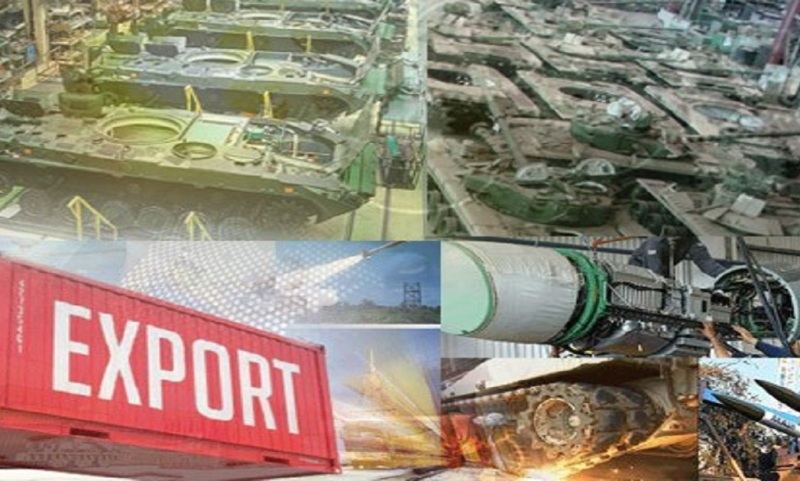Government sources have said that India is planning a separate export promotion council (EPC) for to capitalise on export opportunities in the defence sector.
The Narendra Modi administration aims to more than double defence exports to over ₹50,000 crore by 2029 compared to ₹21,083 crore at the end of March 2024.
Many big global defence manufacturers have expressed interest in shifting production lines to India, according to sources. A dedicated EPC may help fine-tune strategy and highlight the demands and concerns of both existing and potential defence exporters.
India has 14 EPCs under the administrative control of the Department of Commerce. These Councils are registered as non-profit organisations under the Companies Act/ Societies Registration Act and perform advisory and executive functions.
From being a major arms importer until a decade earlier, India has become an exporter of defence equipments like bulletproof jackets and helmets, Dornier (Do-228) aircraft, Chetak helicopters, fast interceptor boats, and lightweight torpedoes, to name a few.
The Ministry of Defence reported a domestic defence production worth an unprecedented ₹1.27 lakh crore in the financial year ended March 2024, a rise of 174% from ₹46,429 crore in March 2015.
The government has set a target of ₹1.75 lakh crore worth of defence equipment production in the current fiscal year, and ₹3 lakh crore by 2029.
Currently, nearly 65% of India’s own defence needs are met with local production, in sharp contrast to a few years ago when nearly two-thirds of all weapons and equipments came from other countries.
Domestic production comprises 16 Defence Public Sector Units (DPSUs), over 430 licensed companies, and approximately 16,000 Micro, Small, and Medium Enterprises (MSMEs). 21% of this production comes from the private sector.
Some of the popular names in this segment include state-owned companies like Hindustan Aeronautics Limited (HAL), Bharat Electronics Limited (BEL), Mazagon Dock Shipbuilders, Mishra Dhatu Nigam Limited, and BEML Limited.

